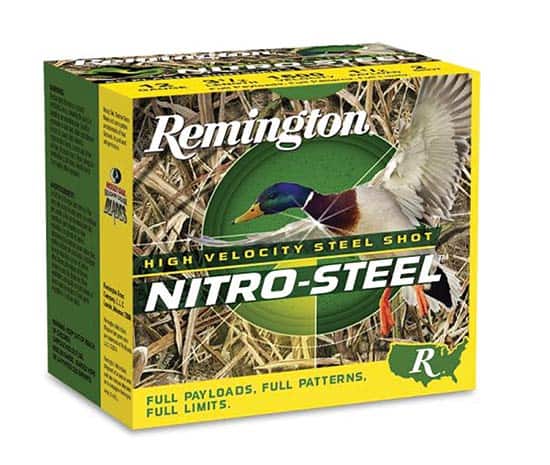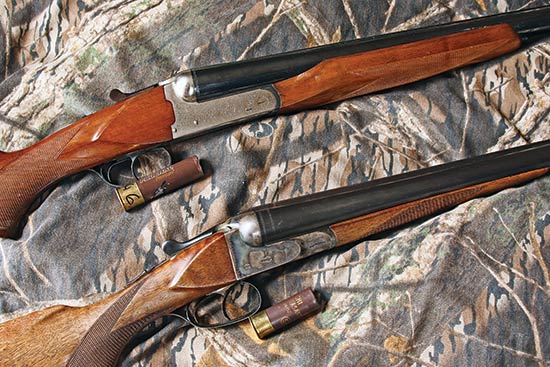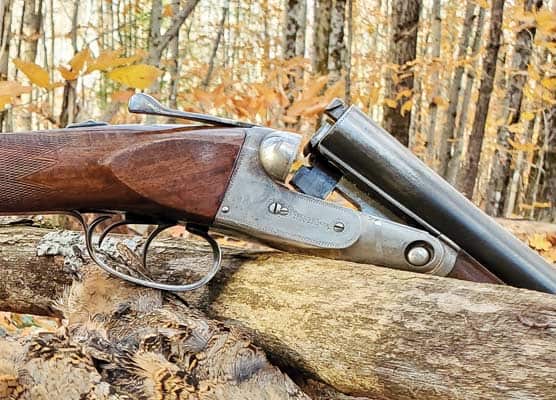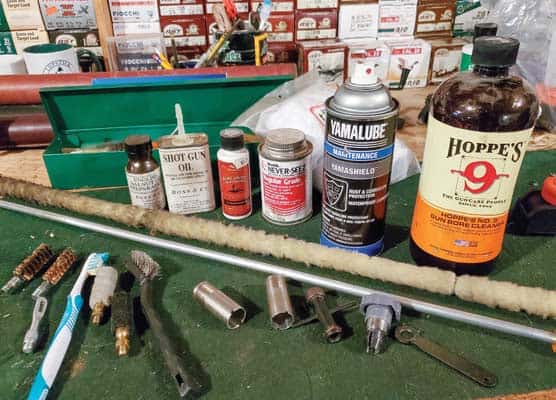Duck Shot: Being Lead-Free and Legal
When the US banned lead shot for all waterfowl hunting in 1991, many duck hunters quit, some because they worried about “steel” shot ruining older shotguns, and some because they thought steel didn’t kill worth a whoop.
But some enterprising types went to work on both problems. As a result, alternatives to lead shot became almost uncountable. Today most work at least as well as lead shot — though this statement often puzzles younger hunters. A couple years ago one asked me about bismuth shot and I said, “It kills just like lead.” He looked at me as if I had two heads, having never shot a duck with anything but steel.
Tweaked Terminology
Let’s start by stating steel shot isn’t really steel, but plain old iron, without the alloying elements that turn iron into steel. This makes “steel” shot slightly softer than a shotgun barrel. However, this doesn’t ensure steel shot won’t peen a tight choke open or — in tight-choked doubles — crack the solder holding the barrels together.
Iron’s only about two-thirds as heavy as lead, one reason early steel-shot ammo didn’t kill as well as lead shot: Its “normal” muzzle velocity didn’t result in enough downrange velocity for steel shot to penetrate deeply. Steel shot also takes up far more room inside a shotshell, especially in larger sizes (the reason the 10-gauge resurged in popularity). Larger shot means lower pattern density, and a bigger shot charge increases pattern density. All these reasons are why other kinds of non-toxic shot soon appeared.
Bismuth Appears
The first big breakthrough was bismuth, softer and somewhat denser than iron. Bismuth itself is also brittle, but when alloyed with tin becomes pretty tough — and about 85 percent the weight of lead shot. It wouldn’t hurt tighter chokes or the barrel solder of doubles, and the same basic shot charges could be loaded in “normal” shotshells.
I first tried bismuth in the mid-1990s in an older Beretta 16-gauge side-by-side, because a lot of Montana pheasant hunting takes place alongside water where it’s common to jump ducks. The ammo was loaded with 1-1/8 oz. of No. 6 shot, and bismuth killed just as well as the same load of lead No. 6.
Since then, non-toxic shot has also been mandated in many public hunting areas for all shotgunning. I’ve used bismuth in gauges from 28 to 10, on birds from Hungarian partridge and teal to Canada geese and wild turkeys, and have always found it works much like lead in the same sizes, charges and chokes.
While bismuth weighs a little less than lead, an ounce of No. 6 bismuth contains around 260 pellets versus 225 for lead No. 6. Shotgunning always involves a balance of pattern density and pellet penetration, and apparently the slightly higher pattern density of bismuth compensates for a slight reduction in penetration.
Dense And Deadly
The next step in non-toxic shot involved tungsten, about 75 percent heavier than lead and much harder than steel. Like bismuth, tungsten’s usually alloyed or mixed with other materials, anything from a plastic matrix (to make it soft enough to use in old doubles) to iron to make it super-dense.
Hevi-Shot was probably the first popular tungsten blend, but many others have appeared since. “Hard” tungsten shot works in smaller shot sizes than lead or bismuth, increasing pattern density without sacrificing penetration. Pretty small sizes can absolutely crumple both geese and turkeys, but in my experience you can also go too small. Sizes from No. 4 to 9 seem to be most effective, depending on the specific variety of hard tungsten shot.
We’ve also learned more about steel shot, basically finding high muzzle velocity and larger pellets make it pretty efficient, though heavier non-toxic shot is definitely more effective. Unfortunately, bismuth and tungsten are far more expensive than iron, because there aren’t as much of ’em on Planet Earth.
Handloading cuts the expense, but any change in components — whether shell, shot, wads or primer — can push pressures too high, or too low, sometimes resulting in “bloopers” where the wad doesn’t leave the barrel, also possibly dangerous. Hard tungsten’s also harder than barrel steel requiring a wad and/or wrapper to keep the shot from contacting the bore. Consequently we should use exact, pressure-testing recipes.
I’ve handloaded several varieties of non-toxic shot over the past 20 years with help from Ballistic Products. The company not only offers various kinds of non-toxic shot — including their own ITX brand in both soft and hard versions — and other components, but many instructional and data books. The place to start when handloading non-toxics is their big Advantages Manual, containing plenty of specific loads and detailed chapters on various kinds of shot, wads and shells.
They also publish smaller manuals on specific shotshells, such as one strictly for bismuth, but Advantages is the starting point — and gets updated frequently due to new components.
Ph. (888) 273-5623
John Barsness’s book Shotguns for Wingshooting can be ordered through riflesandrecipes.com, P.O. Box 579, Townsend, MT 59644-0579, Ph. (406) 521-0273.








